One hundred years ago, on 1 August 1922, Donát Bánki, a great figure in domestic industrial development, died. Bánki contributed to the development of automobiles and the use of hydropower, and also educated generations of engineers at the University of Technology.
Donát Bánki's name merged with that of János Csonka because of their joint invention, the atomizer. The handy, self-taught craftsman Csonka and university graduate Donát Bánki started working with gasoline engines together for a completely different reason.
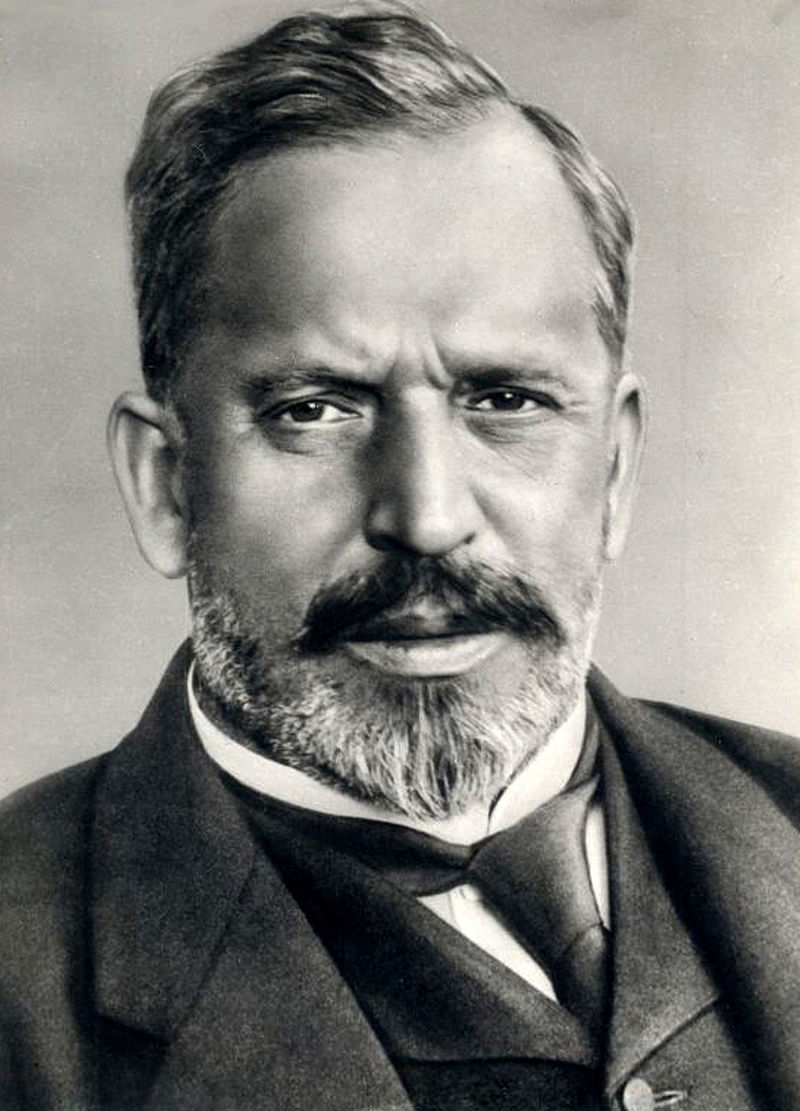
Bánki Donát tervezte meg a IX. kerületi Duna-parton épült, a háború után lebontott Elevátor gépészeti berendezéseit is
Bánki worked in the Ganz Factory from 1882, which company bought the Austrian machinery factory of Leobersdorfer Maschinenfabrik A.G. in 1887, and with it a number of gasoline engines, which had one small problem: they did not work. The CEO of Ganz, András Mechwart, therefore entrusted the company's employee, Bánki, and János Csonka, the resourceful leader of the University of Technology's machine shop, to somehow revive the large pile of inoperable structures.
While solving the problem, the two specialists realised how to make the operation of the engines more efficient, and in the framework of this, they created the atomizer by 1891, but they forgot to patent it. There were several reasons for this, on the one hand, they were working on many other inventions, and Bánki did not have the time for it either, because he was working on his diploma thesis. He had already finished university, but had not written his dissertation, so he could only receive his diploma 13 years after finishing university, on 9 February 1893.
Perhaps the atomizer would not have been patented if the very next day, university professor Pál Lázár had not presented the workings of the new invention in front of the country and the world. They had to take action then, and they submitted the application very quickly. The fact that the atomizer had already been ready two years ago is also shown by the fact that a drawing dated 1891 was attached to the patent description.
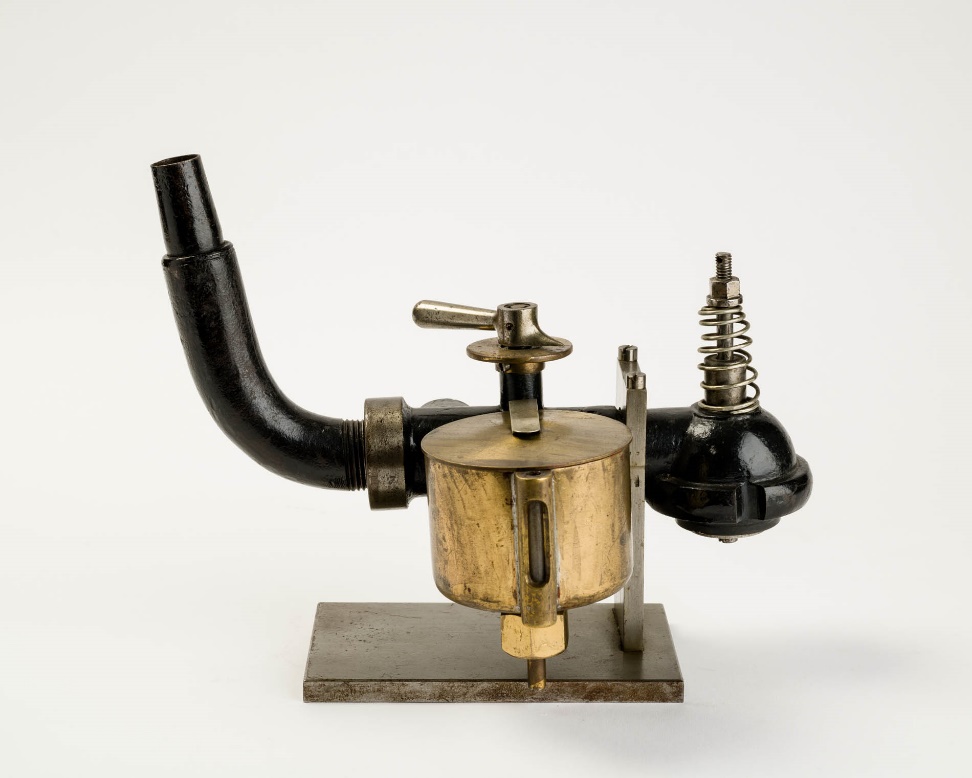
A Csonka–Bánki-páros által készített porlasztó a Magyar Műszaki és Közlekedési Múzeum Műszaki Tanulmánytárának gyűjteményében (Fotó: MMKM, Ltsz: 71.80.383.1)
Unfortunately, it was not long before Maybach came up with his solution, which they started to produce, and Mechwart, the head of Ganz, did not agree to the priority of the two domestic specialists, did not accept the lawsuits, and did not extend the patent fees (just as he did not take up the atomizer among Ganz's products), and the Bánki-Csonka couple did not have enough money to start their own business either. (It is part of the overall picture that an American inventor, Edward Butler, patented a structure similar to the atomizer, although a little more complicated, already in 1887.)
But where did Donát Bánki start from? How is it that he was actually a teaching assistant at the university without a degree, and later held important positions at the Ganz Factory? Bánki was born in Bakonybánk on 6 June 1859, the son of a family doctor with many children. He was originally named Donát Lőwinger. In 1879, he Hungarianised his name to Bánki after his birthplace, and at the age of 20 he was already a teaching assistant at the Department of Applied Mechanics of Royal Joseph University as his thesis on gas engines - for which he also won a 100 HUF university scholarship - attracted the attention of his professor.
After university, he first worked in the machinery factory of the state railways, from where he joined Ganz in 1882, where he was employed until 1899 as an engineer, head of department, and then as the company's chief engineer. After that, although he remained in contact with Ganz as a consultant, until his death, he worked as the head of the Department of Machine Components and Lifting Machines (part of the Mechanical Engineering faculty) at Royal Joseph University. In addition, he was a public regular teacher at the Department of Hydraulics and Hydromachines. Meanwhile, for two years, between 1914 and 1916, he also held the position of dean of the Faculty of Mechanical Engineering. He also introduced laboratory training in engineering education. Donát Bánki was elected one of the corresponding members of the Hungarian Academy of Sciences in 1911.
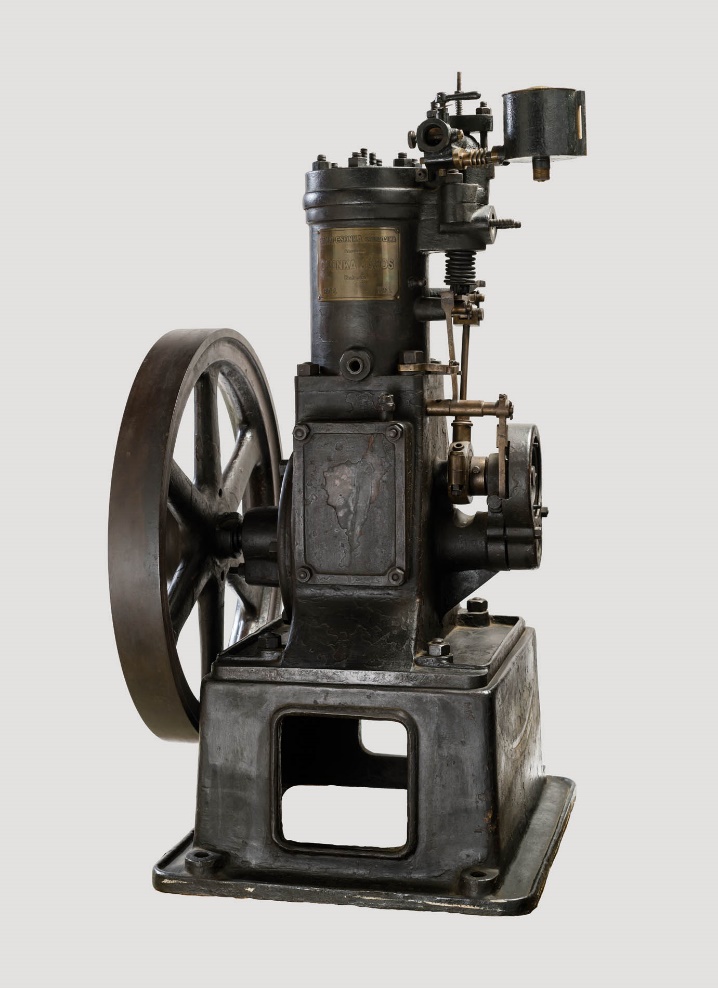
A világ első porlasztós motorja, a Bánki–Csonka No.1 a Magyar Műszaki és Közlekedési Múzeum Műszaki Tanulmánytárának gyűjteményében (Fotó: MMKM, Ltsz: 71.70.489.1)
In addition to the atomizer, his other great invention was the Bánki Turbine, which paved the way for the construction of low-power hydropower plants. In addition, many other equipment are associated with his name, for example, he also designed the mechanical equipment of the now-defunct grain loading and warehouse, Elevátor, which once operated on Boráros Square. He is also credited with the patent for the water injection engine, where he cooled the explosive mixture with water sprayed into the cylinder, thereby increasing its performance.
In the 31-32 issue of the bulletin of the Hungarian Engineer and Architect Association Donát Bánki was remembered in this way:
"Bánki worked constantly. If a topic gripped him, he worked on it incessantly, and nothing is more characteristic of this than the fact that when, at the urging of his family, he decided to go to a theatre evening, he surprised his company: while the most interesting scenes were going on on the stage, he wrote notes or sketched on a piece of paper.
His lifestyle was the simplest, one could say it was puritanical simplicity, for 25 years he divided his time between the university and his study, he never went to public places at all, except for dinners of the department of the engineering association, or the gatherings that three or four of his intimate friends had for an hour or two a week. He had only one passion: cigars, and it is no coincidence that he chose this, as this is the only one that one can indulge in while working."
Model of the Bánki Turbine in the collection of the Technical Study Stores of The Hungarian Museum of Science, Technology and Transport (No.: 71.79.584.1)
During his lifetime, Bánki was recognised both in Hungary and internationally, he was invited several times to work and teach abroad, but he refused them because he wanted to enrich his country. His grave is located in the Farkasrét Cemetery.
Cover photo: According to the legend, he came up with the idea of the atomizer while walking along the Museum Boulevard, watching a flower-girl, who was spraying the flowers. The picture on display in the Csonka Museum depicts this scene (Photo: Csaba Domonkos)

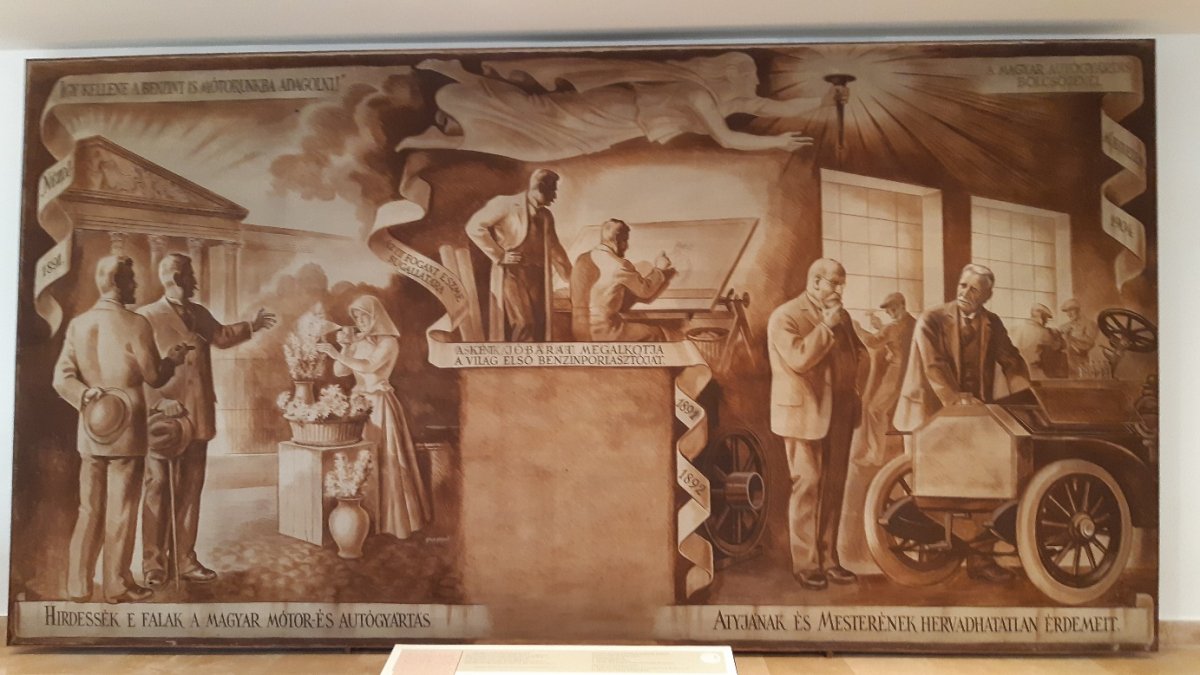


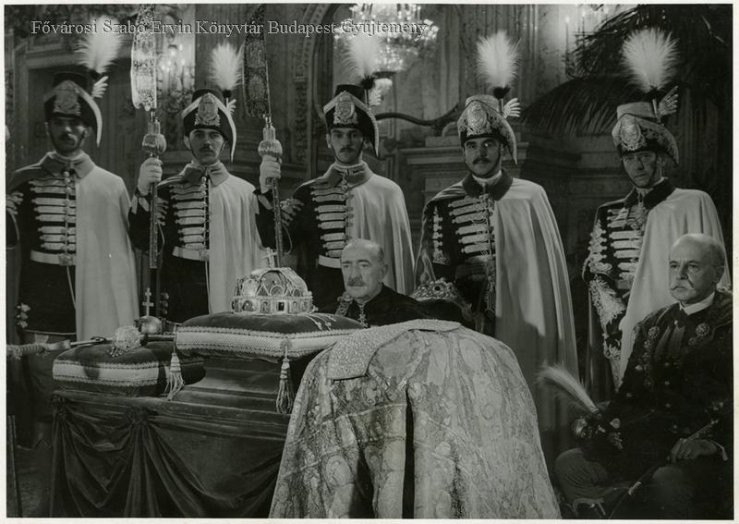

































Hozzászólások
Log in or register to comment!
Login Registration